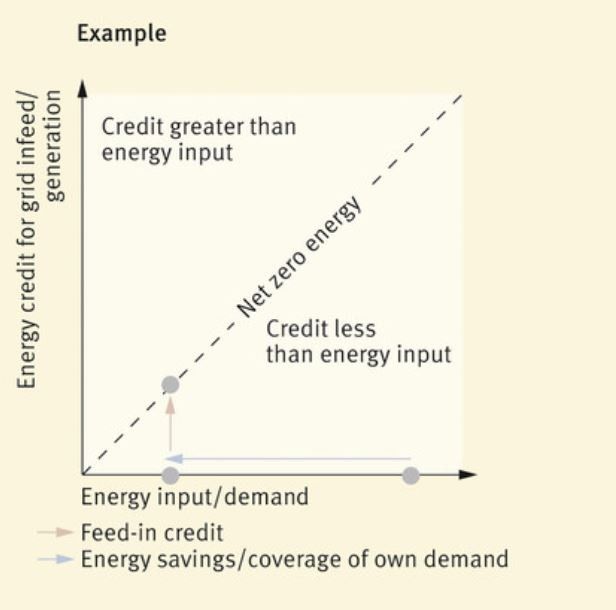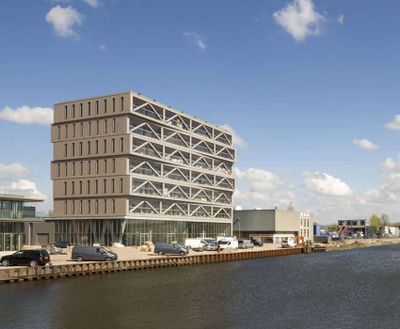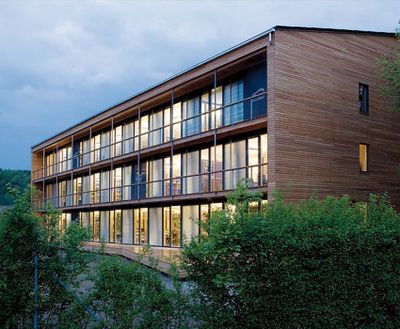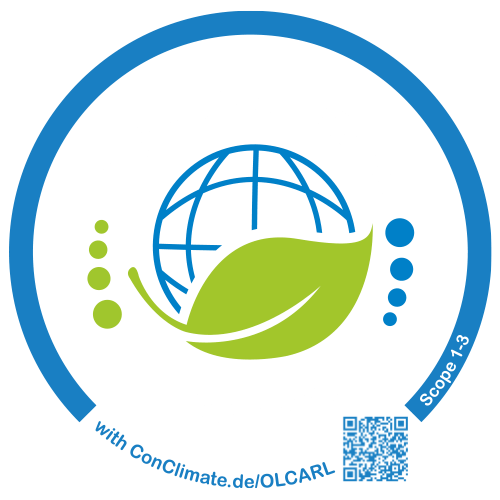Net Zero Energy Building: What does it mean and how is it achieved?
Climate change is the defining crisis of our time. Worldwide, it is fuelled by the construction and operation of buildings which accounts for 36% of energy consumption and 39% of energy-related CO2 emissions. Comprehensive efforts are therefore required in the building sector to help achieve the goals of the Paris Agreement and limit global warming to 1.5°C.
In the EU, buildings are responsible for 40% of energy consumption and 36% of CO₂ emissions, mainly due to a high stock of inefficient buildings (75%), as well as a low renovation (0.4 - 1.2%) and new construction rate (1-2%). With the introduction of the EU Green Deal, the EU has committed to become the first climate-neutral continent by 2050. This includes, among other things, significantly increasing the energy efficiency of buildings.
In Germany, the building sector accounts for 35% of final energy consumption and 30% of CO₂ emissions. Most of the building stock was built before the 1st Thermal Insulation Ordinance [Wärmeschutzverordnung] in 1977 - the first regulation instated regarding buildings’ heating demand. More than two thirds of the heating systems do not correspond to the current state of the art systems.
The German government's climate protection roadmap sets the goal of achieving a nearly climate-neutral building stock by 2050, agreeing on an interim target of
66-67% reduction in CO₂ emissions compared to 1990 levels by 2030. Net zero buildings are key to achieve these climate targets. While in the residential sector, net zero buildings are on the rise, the non-residential building sector still needs to catch up.
What is a net zero energy building?
A net zero energy building generates as much energy as it consumes, over the course of a year. No distinction is made between electrical and thermal energy. Electricity and heat are generated, for example, by photovoltaic or solar thermal systems and heat pumps attached directly to the building. However, an additional connection to the public energy grid is required when renewable energy generation cannot meet the building's energy load, e.g. in winter. However, grey energy is not taken into account in the balance. Grey energy is the primary energy required for production, transport, sale and disposal of the building materials used to construct the building.
To date, there is no standardised definition of the term net zero energy building. Even the Building Energy Act [GEG - Gebäudeenergiegesetz], which came into force on 1 November 2020, only describes requirements for ultra-low-energy buildings.
What are the characteristics of a net zero energy building?
The decisive factor for energy-efficient construction is to minimise heat losses and use passive energy, which requires implementing a range of structural and energy-related measures:
Structural measures:
- Large south-facing window areas that remain unshaded, even in winter. As a result, solar radiation warms up spaces which leads to less heating energy being required.
- In order to save energy and achieve the lowest possible heating demand, optimal insulation and insulation of the exterior walls, roof and floor slab are necessary.
- High air tightness contributes to building energy efficiency, as it limits inward or outward air leakage.
- The A/V ratio (surface-to-volume ratio) should be kept as low as possible. High building compactness limits energy losses. Bay windows, projections, etc. are to be avoided.
- Windows can be a source of thermal bridging and heat loss. For this reason, it is best to ensure use of at least triple-glazed windows. Roller shutter boxes should also be installed on the outside to prevent heat loss.
Energy-related measures:
- Energy losses most commonly occur due to frequent or incorrect ventilation. To avoid this, a modern ventilation system should be installed. This ensures optimal circulation by extracting stale air from the space and supplying fresh air preheated by a heat exchanger.
- Generation of on-site renewable energy, mainly through installation of solar and photovoltaic systems. By means of absorption, solar systems convert solar energy to heat energy, while photovoltaic systems convert solar energy to electricity.
- Heat pumps are used to produce additional heat. A heat pump extracts heat from the environment, e.g., the outside air, the ground or groundwater, and brings it to room temperature by means of compression.
- Another option, albeit associated with high costs and high space consumption, is to install small wind energy plants or combined heat and power plants. The excess energy produced is fed into the grid. When required, the net zero building receives required electricity from the grid again. This results in a (computational) annual zero energy balance.
- Energy-efficient equipment in net zero buildings also contributes to the lowest possible electricity consumption. LED lighting, at least A+++ appliances and smart home solutions should be standard equipment.
Balancing methods for net zero energy buildings
Balancing energy production and consumption is an important part of net zero energy building. Here, the following three aspects need to be specified:
1. Balance indicators: On which basis is the balance assessed?
Examples of suitable indicators are primary energy, CO₂ equivalents or also energy costs. The most common indicator of energy balancing is the representation of energy efficiency with primary energy. This means that the energy required for extraction, conversion and transport of the energy source used is also considered in the balance. The conversion or evaluation of the consumed final energy (energy sources used) into primary energy is done via primary energy factors.
2. Balance limits: What is included in the balance?
Another important aspect of balancing is the balance limit, i.e., which energy consumers are included in the balance. This mainly includes the building services-related energy demand for heating, water heating, auxiliary energy for pumps and fans, ventilation, cooling and, in the case of non-residential buildings, lighting. Use-specific energy consumers such as household appliances, IT or central facilities such as escalators or cold rooms, but also fire and noise protection systems or elevators, should also be included in the calculation to determine the primary energy demand.
Electricity demand often accounts for a significant share of the primary energy demand in energy-efficient buildings. Energy production plants, such as photovoltaic systems, must also be included in the balance limits, as long as they are located on-site and are used for building consumption. Off-site plants which are part of the grid should not be included.
3. Balance period: Which time period is considered?
Usually,
a year is chosen as the balance period, given that more energy is generated than consumed in the warmer months and, conversely, more energy is required than can be generated in the winter months. A net balance is not attainable on a monthly basis. Usually, only the operating energy is taken into account. To also consider grey energy, a life cycle analysis (LCA) is necessary. In this case, the building must reach the
plus energy building standard, i.e. achieve an energy surplus in the balance of one year, in order to be able to pay back the grey energy. Grey energy is becoming increasingly important to consider with regard to decarbonisation efforts in the building sector.
Figure 1: The energy balance when using primary energy as the indicator, a balance limit that includes building services equipment, appliances, tools and central services, and a balance period of one year. Source: BINE Information Service.
The advantages and disadvantages of net zero buildings at a glance
Advantages:
- Environmental and climate protection resulting from a low energy and carbon building footprint
- Independence from energy suppliers and electricity and fuel cost developments
- Healthy spaces without high temperature fluctuations and drafts due to modern ventilation systems
- Low running energy costs due to a largely self-sufficient energy supply
- Use of renewable (biogas, wood) instead of fossil energy sources (gas, oil)
- Individually chosen energy mix
- The electricity surplus from photovoltaic systems can be sold
- Net zero energy buildings are eligible for subsidies such as the KfW credit, BAFA and other regional agencies
Disadvantages:
- High construction and investment costs due to installing of energy generation plants as well as complex planning
- Amortisation of investment costs only after several years
- Despite an annual energy balance, net zero energy buildings are not energy self-sufficient
- Required criteria can impede implementation of an individual or architectural vision
Applications of net zero energy buildings in Europe
R128, Stuttgart, Germany. © https://www.wernersobek.de
Experimentalhaus R128, Stuttgart, Germany
In 2000, the residential building R128 was constructed as a net zero energy building on a hillside in Stuttgart, Germany. The building was designed by Professor Werner Sobeck, featuring an advanced energy concept targeted at emission-free building operation. The following features distinguish the building as a net zero energy building:
- Passive solar design: South-facing building orientation
- Electrical energy is generated by photovoltaic systems installed on the roof
- The glass facade is equipped with triple glazing (k-value = 0.4) and double glazing with a specially coated film. The film regulates heat, preventing the spaces from heating up in the summer months
- In winter, solar radiation provides heating for the building. Solar energy is absorbed by heating ceilings (water flow-through ceiling elements), then fed to a heat storage system. Additional heating is not required
- Intelligent sensor technology manages all movement and control processes.
Patch 22, Amsterdam, Netherlands. © https://patch22.nl/
Patch 22, Amsterdam, Netherlands
The high-rise residential net zero energy building Patch 22 in Amsterdam, Netherlands was designed and built by architect Tom Frantzen and building-manager Claus Oussoren. The designers placed great focus on holistic building sustainability, for which their project received several awards, such as the WAN 2016 Residential Award. The building features the following characteristics:
- Wood is the main material used for the building’s façade and structure
- A sliding glass panel system is installed on the north and south sides for wind protection and noise insulation
- Heat is generated using CO₂ neutral pellet stoves that use compressed waste wood from the timber industry as fuel. Heat is distributed to the apartments via floor heating.
- Electric energy is produced via photovoltaic panels on the roof, making the building energy-neutral
- The ventilation systems with heat recovery are automatically controlled by measuring CO₂, temperature and humidity levels.
- Rainwater is collected and reused in a grey water system.
Marché International Support Office, Kemptthal, Switzerland. © www.world-architects.com
Marché International Support Office, Kemptthal, Switzerland
The Marché International Support Office was built in 2007 and is Switzerland’s first net zero energy building. It was awarded the Minergie-P Eco certificate. It achieved an energy index of 7.8 kWh/m2a through a combination of architectural and energy-related measures:
- Electric energy is generated by photovoltaic systems on the roof
- The south facade is completely glazed. To prevent overheating in summer, approx. 50% of the glazing is filled with a phase change material in the spaces between the panes. This results in a time-delayed heat release into the rooms. Shading is provided by continuous balconies and fabric blinds
- A tight building envelope and high insulation thicknesses minimise heat losses
- Free cooling takes place via ground probes
- The ventilation systems are equipped with heat recovery
Net zero energy buildings are characterised by high energy efficiency and low CO₂ emissions, which are essential for climate protection. For this reason, they represent an essential component for achieving the climate targets set for 2050. In view of decarbonisation of the building sector by the year 2050, it is also of increasing importance to address embodied carbon emissions in CO2 balance calculations of net zero buildings.


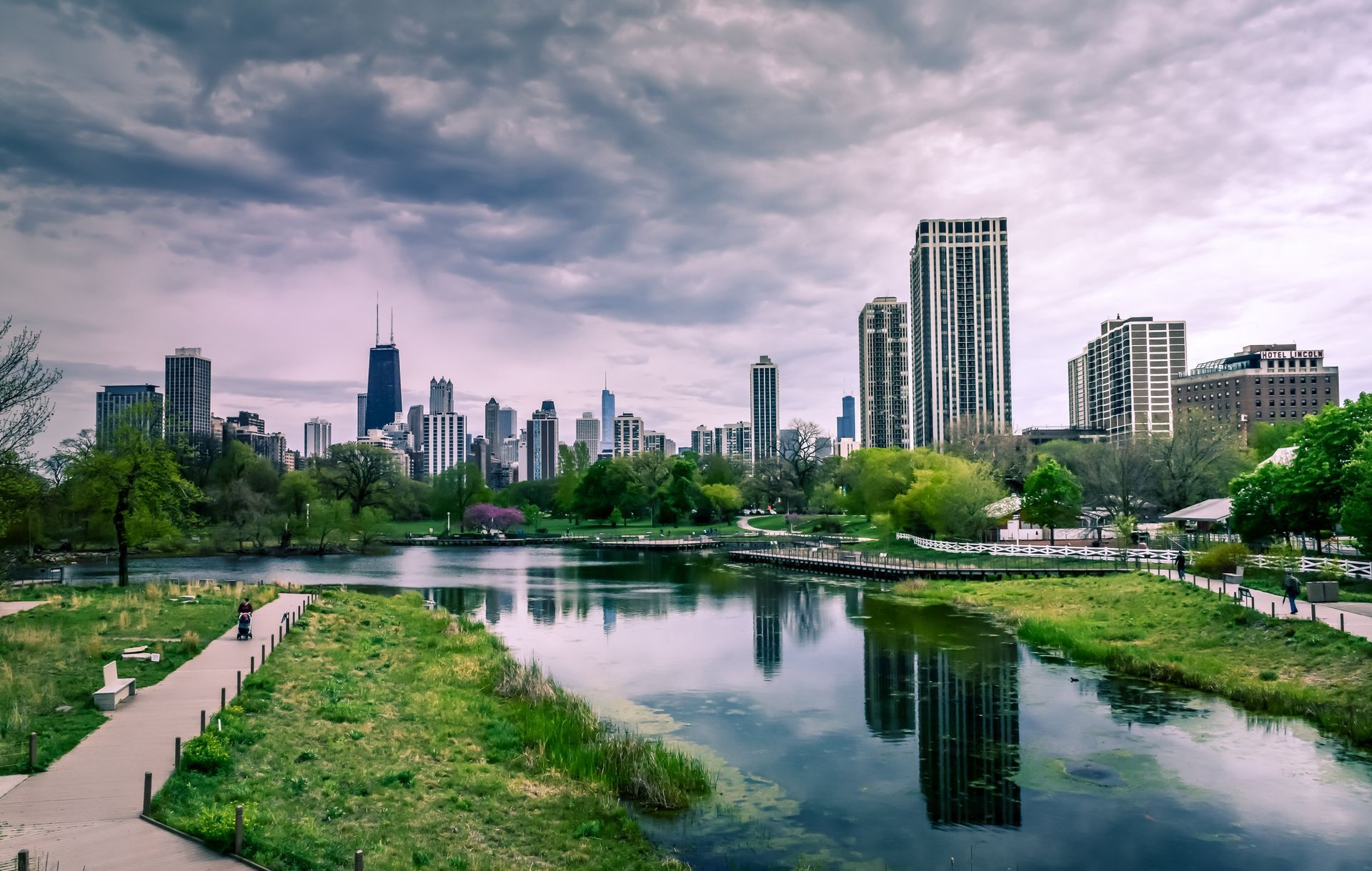


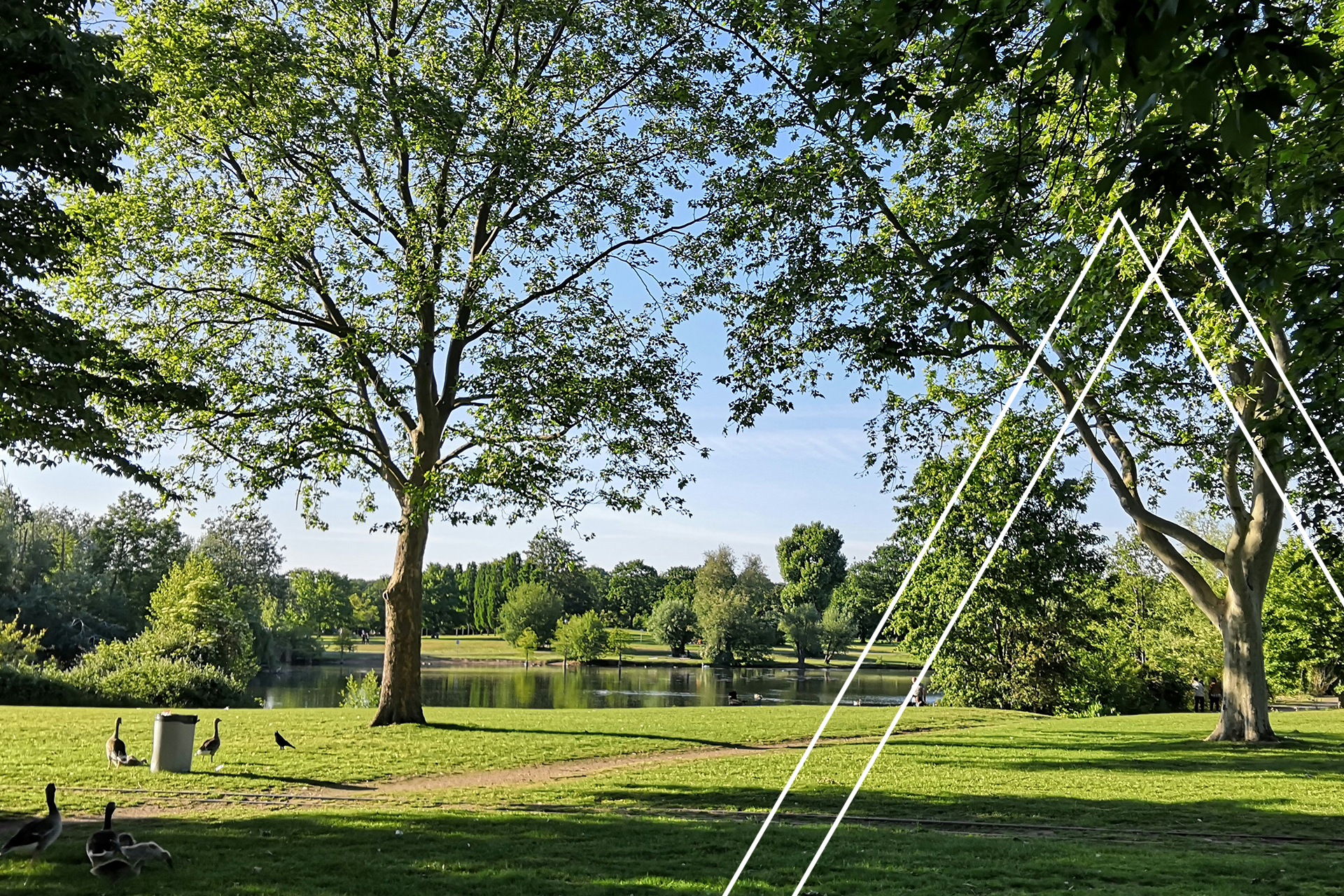
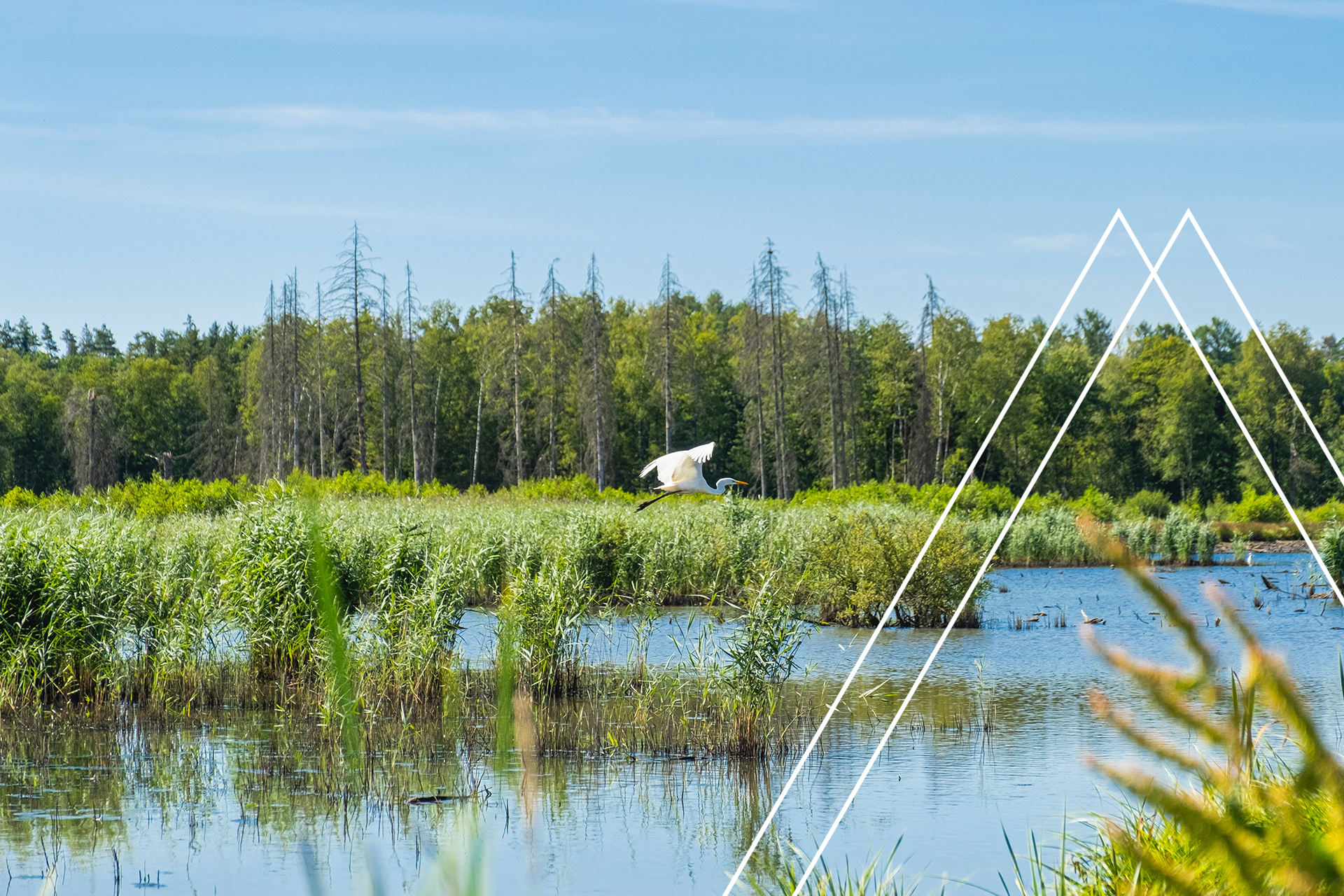
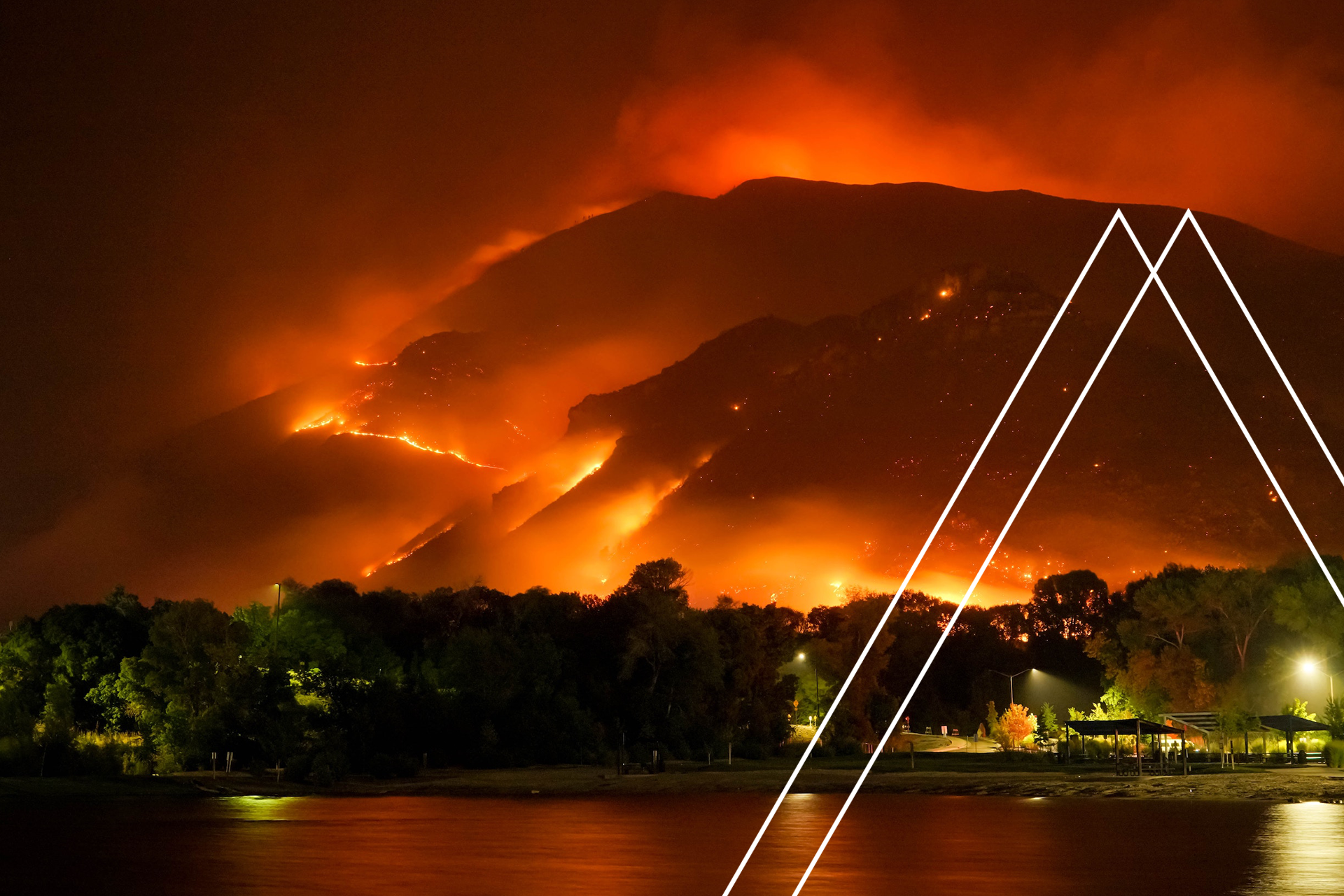

Head Office, Berlin,
Neue Grünstraße 17 | 18 Hof 1 | TRH 3
10179 Berlin
© ES EnviroSustain GmbH 2021


